Ancient Egyptian zodiac symbols were found in a temple after archaeologists cleared away 2,000 years' worth of grime
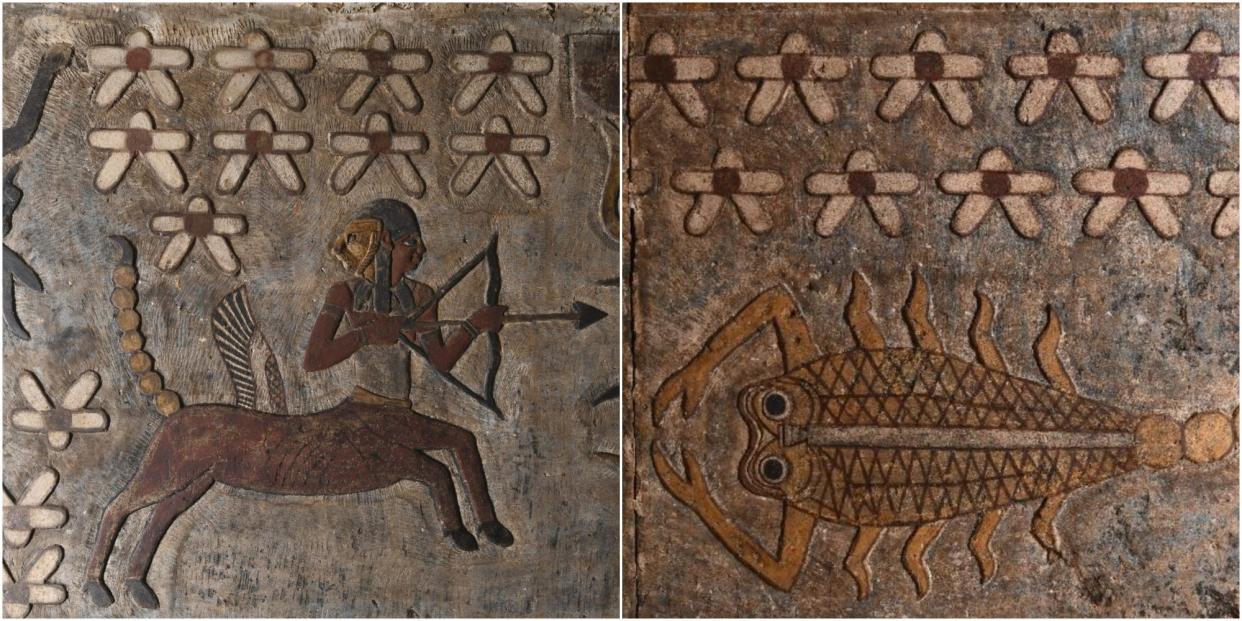
Ancient Egyptian star signs were found under a thick layer of soot and dust in the Temple of Esna.
The colors in the full set of Egyptian zodiac symbols are vivid after being protected by the grime.
They also found depictions of beasts, including a snake with a ram's head and a bird with a crocodile's head.
A rare full set of ancient Egyptian astrological symbols has been uncovered under 2,000 years' worth of grime in Luxor's Temple of Esna, in southern Egypt.
The set is just one of three full sets of ancient Egyptian zodiac signs uncovered in Egyptian temples, said Dr. Daniel von Recklinghausen, a Tübingen Egyptologist who worked on the project.
"Representations of the zodiac are very rare in Egyptian temples," Professor Christian Leitz, an Egyptologist of the University of Tübingen who worked on the project, said in a press release.
The temple was already famous for its astronomical ceiling, but some of the star signs had not been detected in previous archaeological missions, Mostafa Waziri, secretary-general of Egypt's Supreme Council of Antiquities, said in a briefing per Arab News.
With these last signs uncovered, the archaeologists were able to confirm the temple contains a full set of the 12 Egyptian star signs, from Aries to Pisces, Hisham El-Leithy, head of the Egyptian expert team, per Arab News.
The symbols were hidden under a thick layer of muck
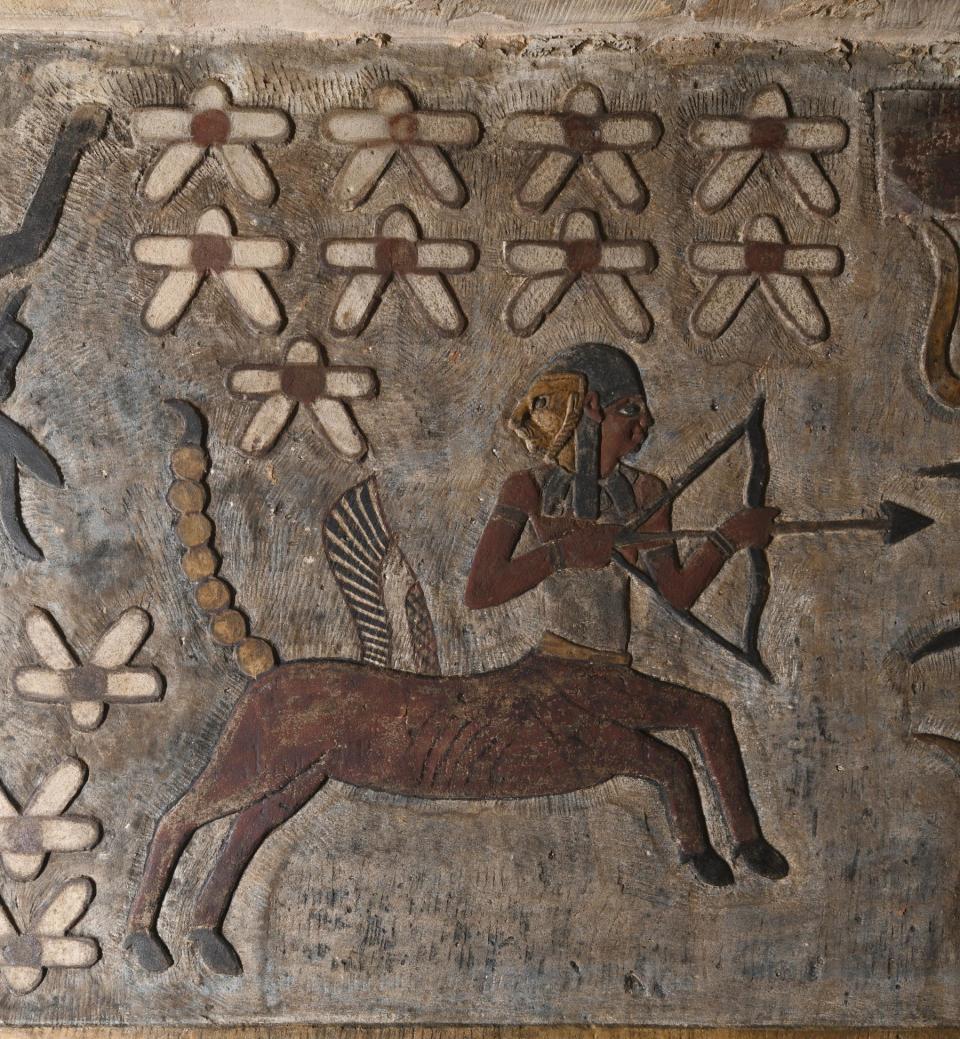
The discovery was made by a joint team of experts from the Egyptian Center of Documentation of Antiquities and the University of Tübingen, Germany, who are renovating and documenting the temple's original colors.
"The zodiac was used to decorate private tombs and sarcophagi and was of great importance in astrological texts, such as horoscopes found inscribed on pottery sherds," said Recklinghausen, adding: "However, it is rare in temple decoration."
Several of the signs are recognizable to us. These include the Sagittarius, which is represented by a horse with the torso of a human archer — though in ancient Egyptian times, he also had a spiked tail and wings.
The scorpio is also easily recognizable, represented by a scorpion surrounded by stars.
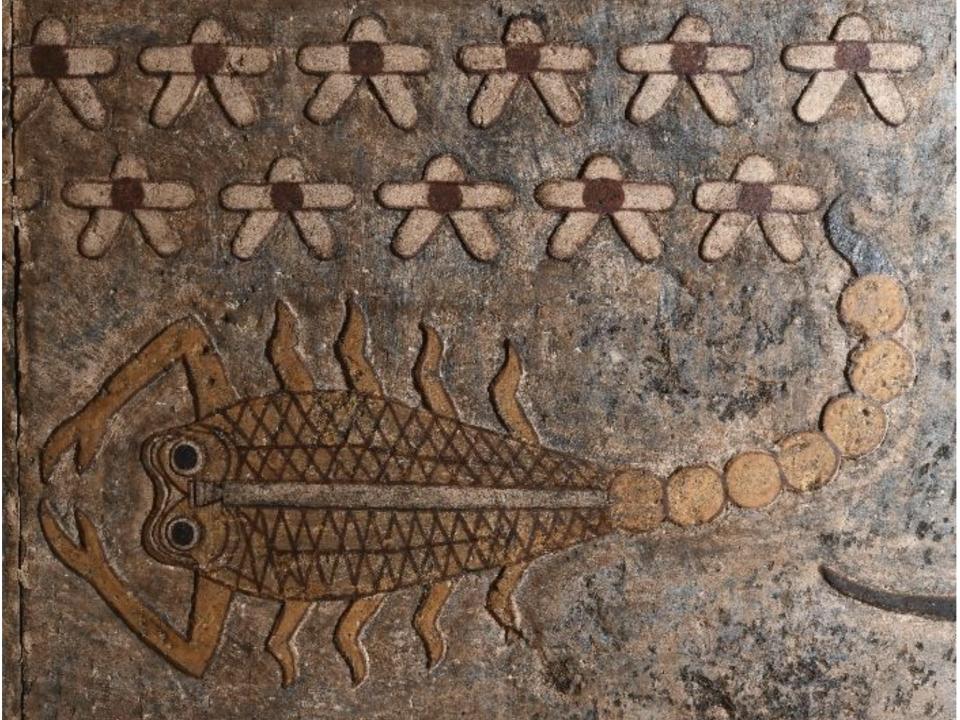
These symbols were hidden under nearly 2,000 years of dust and dirt which has kept them in an incredible state of preservation.
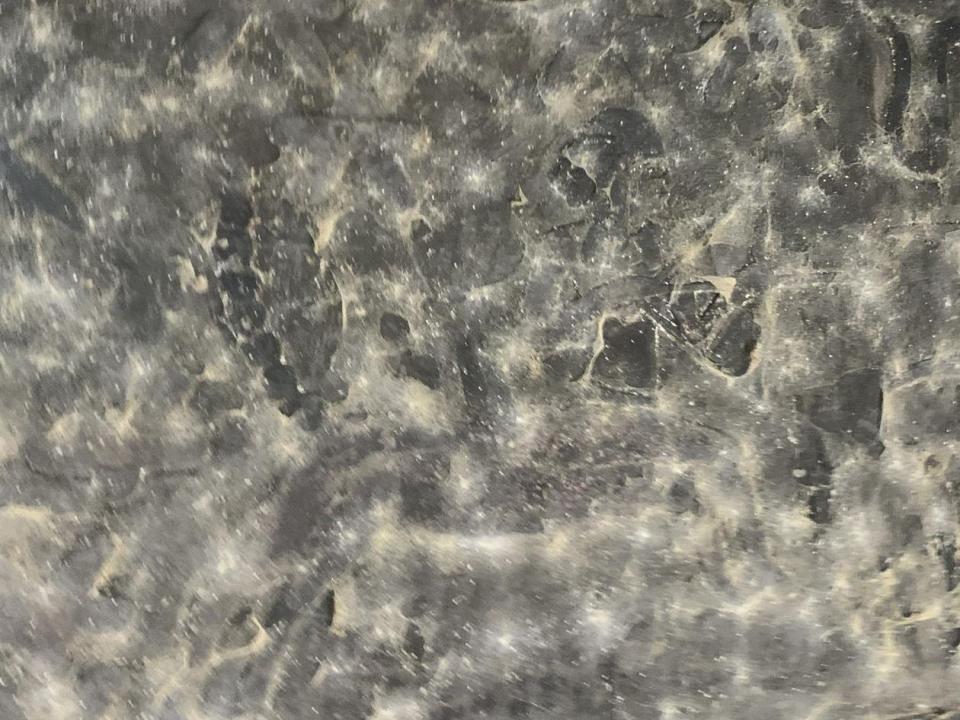
The Temple of Esna took 400 years to complete
The symbols were found in the Temple of Esna, an ancient Egyptian temple that dates back to the Greco-Roman times and was completed in A.D. 250, per Egypt Independent.
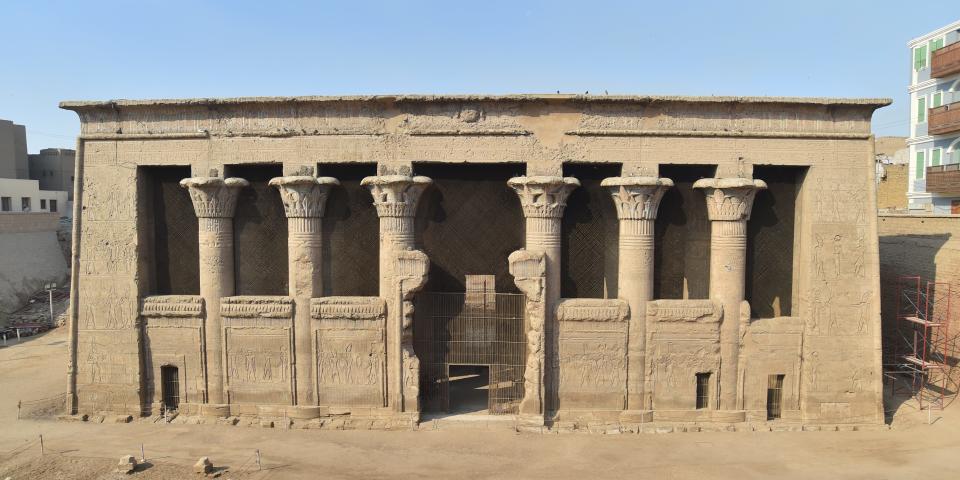
Only the Hypostyle Hall remains of the temple.
This vestibule, a 121-foot-long, 65-foot-wide, and 50-foot-high sandstone structure held up by 24 columns, took 400 years to complete, per a press release.
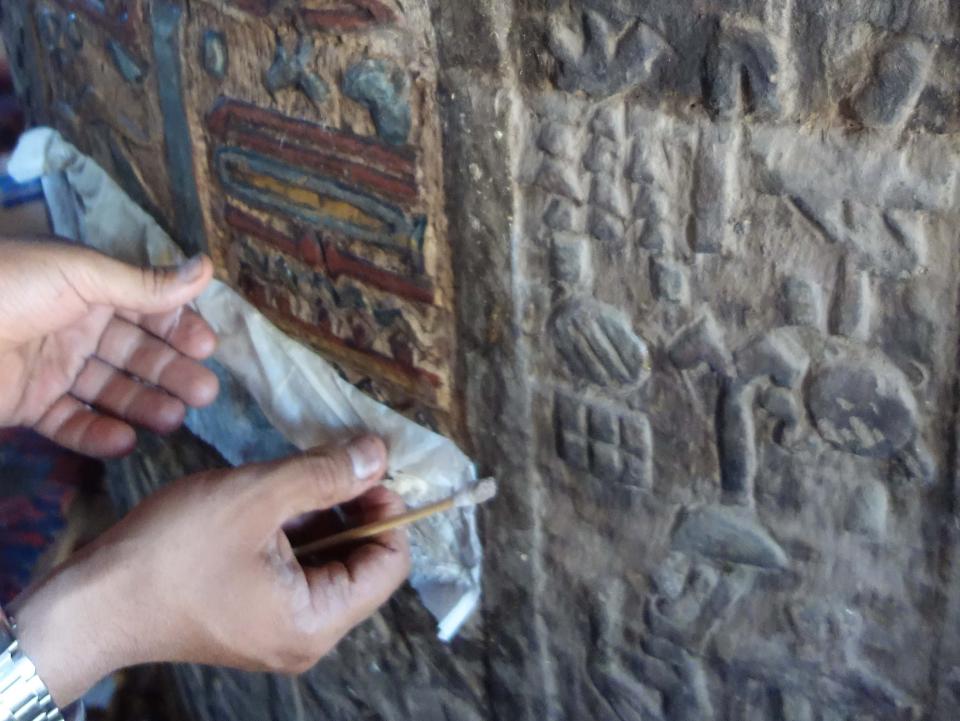
Every inch of the temple, which also contains 18 decorative free-standing columns, is covered in intricate designs.

The team has been renovating the temple for the past five years. These zodiac symbols were uncovered in the latest series of renovations, which revealed the designs in brilliant colors.
Ancient Egyptians adopted astrology late in their reign
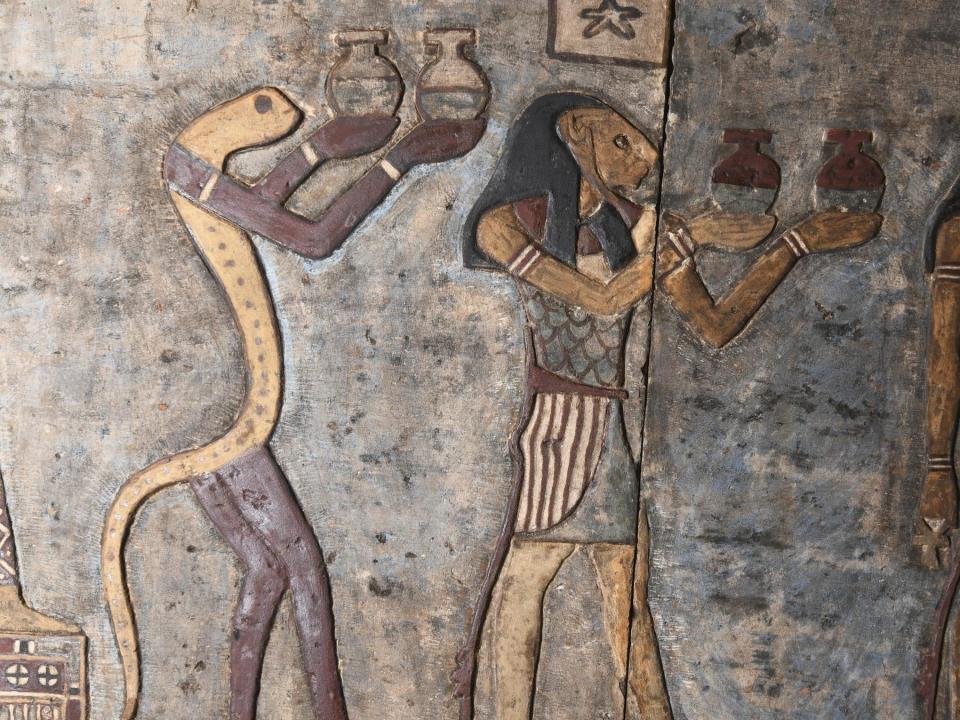
Egyptians were introduced to astrology quite late in their rule, during Greco-Roman times.
"The zodiac itself is part of Babylonian astronomy and does not appear in Egypt until Ptolemaic times," said Leitz.
Some of the symbols of their zodiac system have been lost in time. Pictured above, for instance, are the Decans, used to measure the twelve hours of the night.
Zodiac symbols were not the only discovery in this latest round of renovations. The archaeologists also uncovered representations of the planets Jupiter, Saturn and Mars.
They also found various fabulous beasts, including a snake with a ram's head and a bird with a crocodile's head, the tail of a snake, and four wings, per the press release.
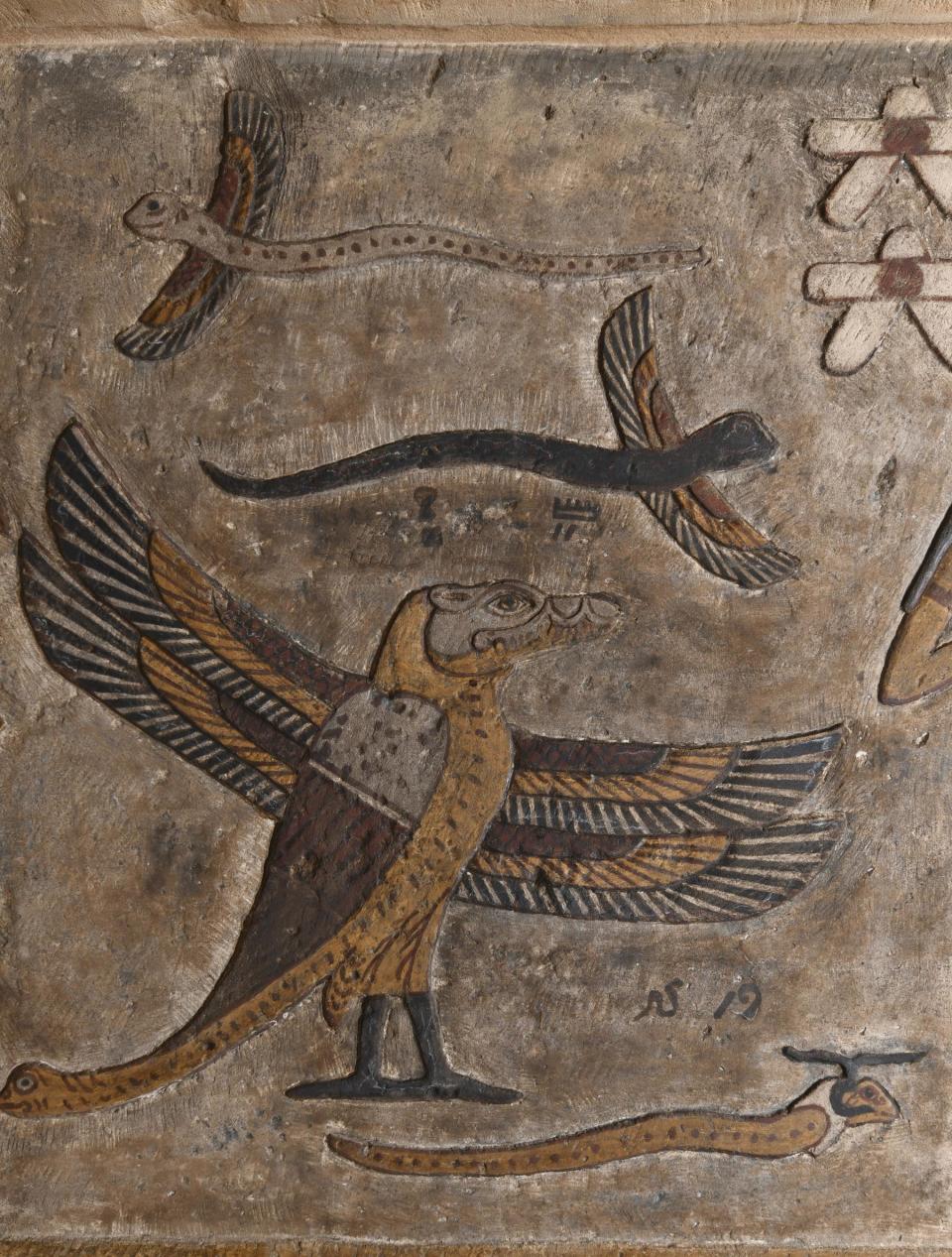
The temple of Esna is teaching us a lot of information about how ancient Egyptians read the stars.
One inscription, uncovered in a previous round of renovation, showed how Egyptians compared the Big Dipper to a bull's leg tied to a stake by a goddess in hippo form, per a press release.
According to an accompanying press release, the Big Dipper was considered to be the manifestation of the evil god Seth who murdered his brother Osiris.
The depiction shows the hippo goddess holding Seth back to prevent him from reaching Osiris in the underworld.

Read the original article on Business Insider


